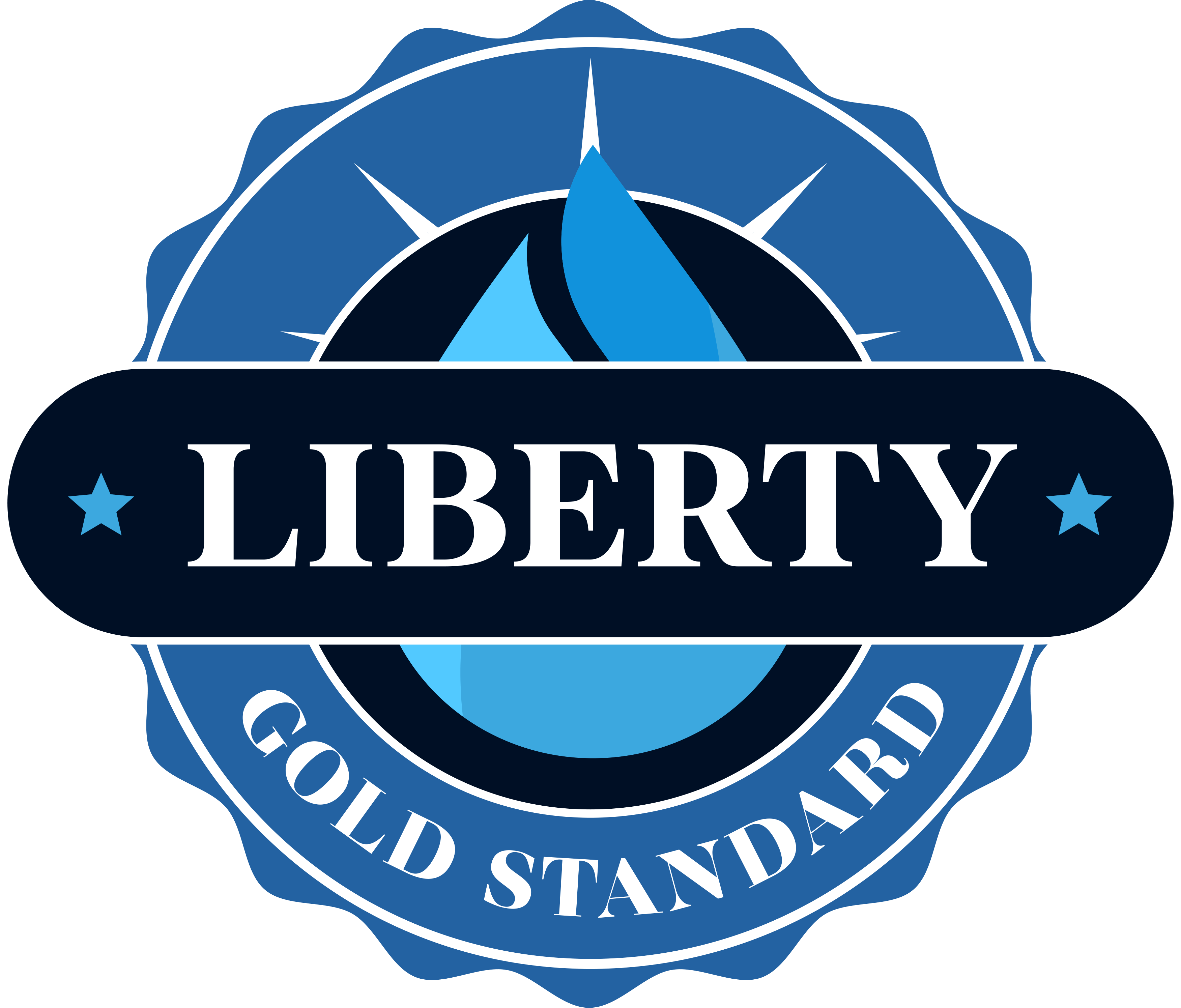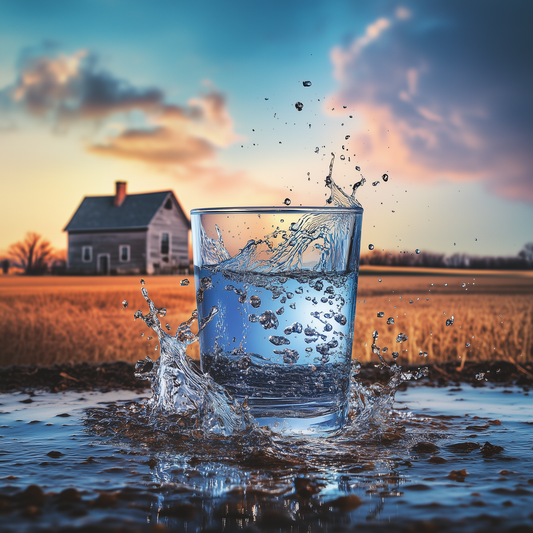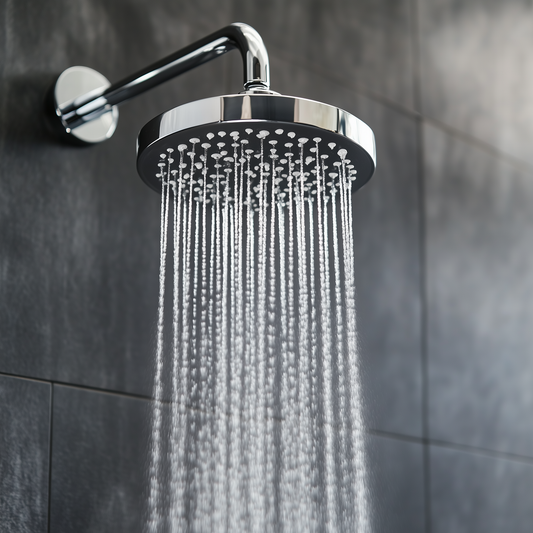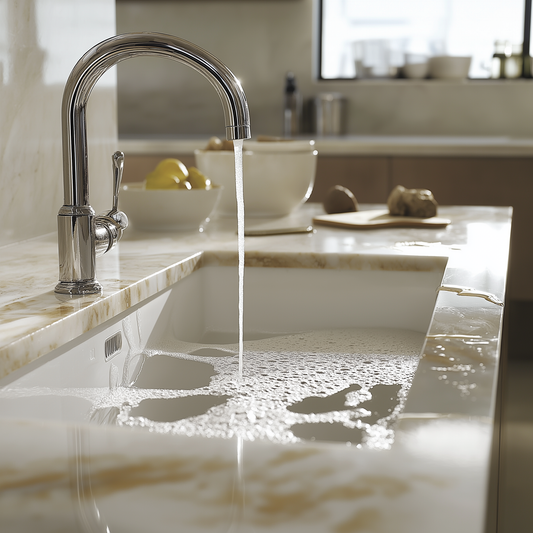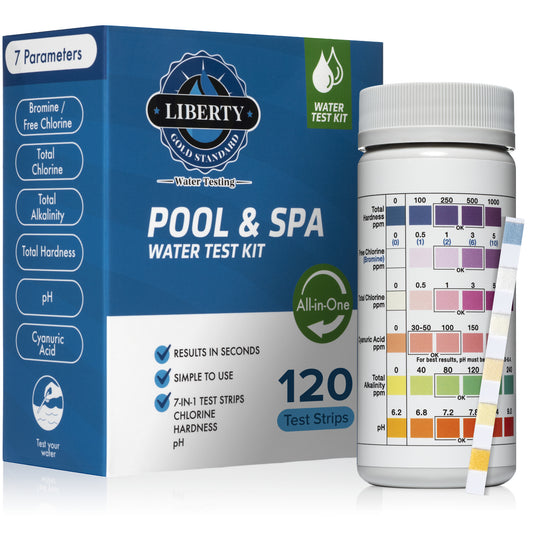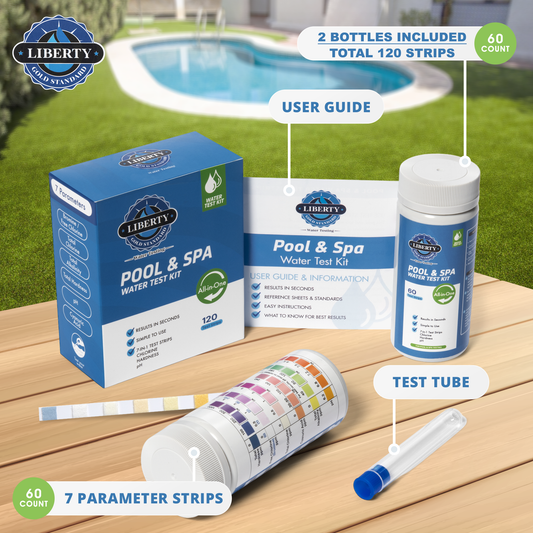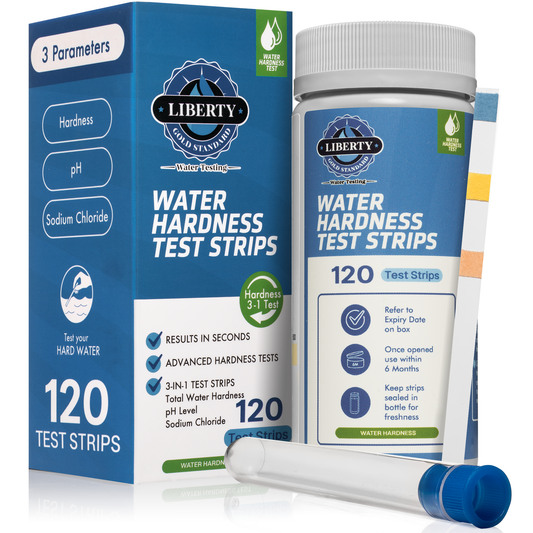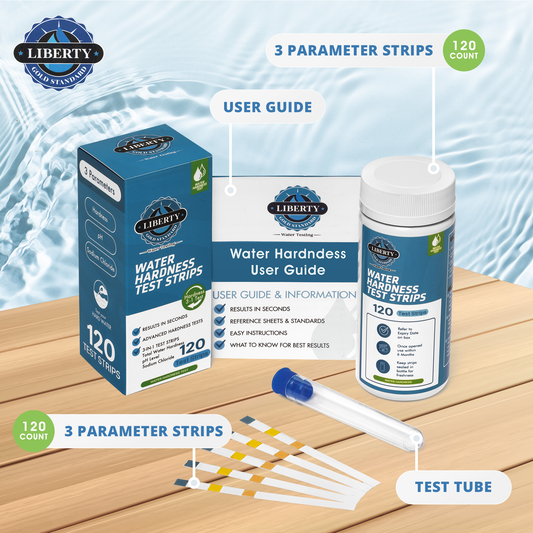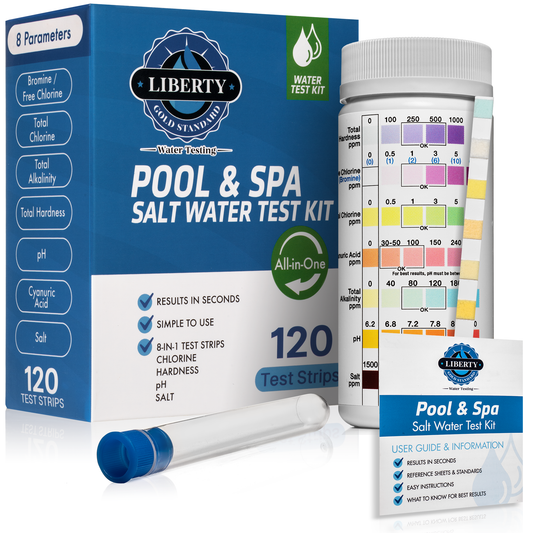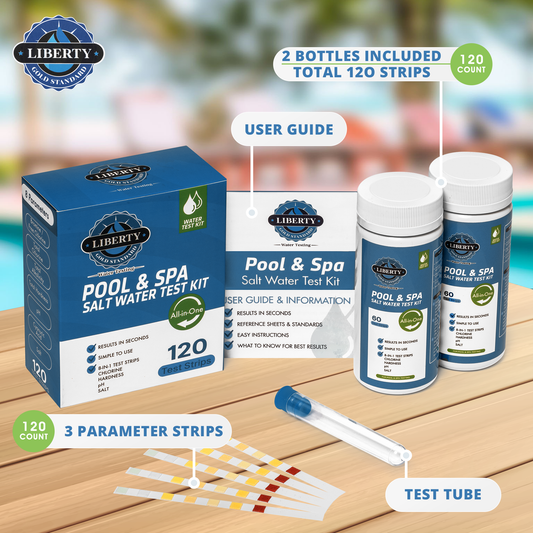When it comes to testing water quality, one of the key elements to consider is copper. But why is copper found in water in the first place? Copper can enter water sources through natural processes like the weathering of rocks and soil, as well as human activities such as mining, agriculture, and plumbing systems.
What are the normal levels of copper in water?
It is normal to find some levels of copper in water, especially in areas where copper pipes are commonly used for plumbing. However, it is important to monitor the levels to ensure they remain within the acceptable range set by regulatory agencies.
According to the Environmental Protection Agency (EPA), the recommended maximum contaminant level for copper in drinking water is 1.3 milligrams per liter. This level is set to protect public health and ensure that copper concentrations in water remain at safe levels for consumption.
What are the top 3 questions people ask when testing water for copper levels?
1. How do I test the copper levels in my water? There are various testing kits available that can help you determine the copper levels in your water. The Liberty Gold Standard Kits provide a great way to test for copper. These kits typically involve collecting a water sample and following the instructions provided to analyze the copper content.
2. What are the health risks associated with high copper levels in water? High levels of copper in drinking water can lead to gastrointestinal issues, liver or kidney damage, and in severe cases, even death. It is important to monitor copper levels in water to prevent these health risks.
3. How can I reduce copper levels in my water? If you find that the copper levels in your water are too high, there are several methods to reduce copper contamination. These may include installing a water filtration system, using copper-free plumbing materials, or contacting a professional to address the issue.
What should you do if copper levels in your water are too high?
If you discover that the copper levels in your water exceed the recommended limits, it is crucial to take action to address the issue. Contacting a water quality professional or local health department can help you determine the best course of action to reduce copper levels and ensure the safety of your drinking water.
